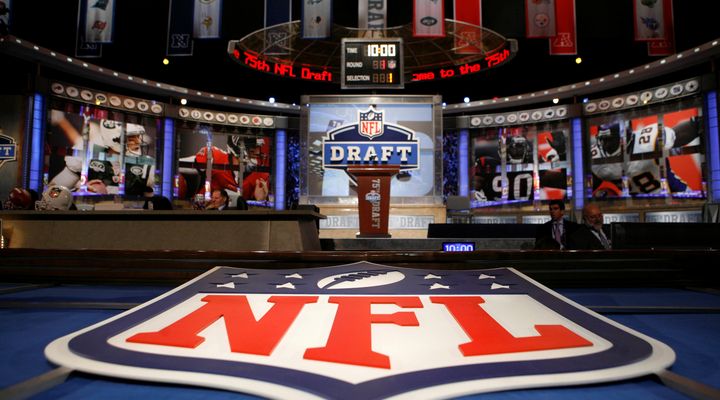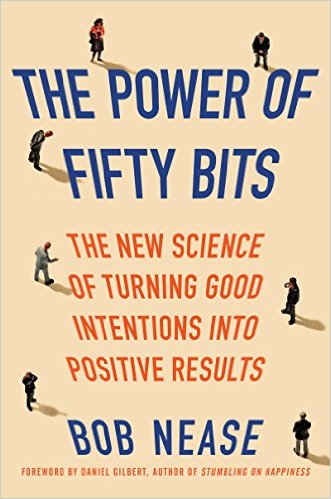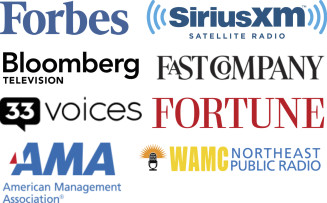Nudge guru Prof. Richard Thaler is at it again, digging up evidence of how bad we are at making decisions. This time he (and a Yale colleague) go after the NFL first-round draft, showing that pick order and “trade up” pricing are very nearly unrelated to subsequent player success. In short, he concludes that there’s no value in practice to being higher up in the pick order (or more specifically, teams that trade up overpay). He reviews his paper and ponders implications for hiring CEOs in his recent NY Times column.
What the heck? Let’s run a few thought experiments.
Imagine standing with 31 other people in front of a display of 32 different piles of money. Each pile has a label that clearly displays how much money is in each pile, and every bill in each pile is a brand new one-dollar bill. When it’s your turn, you’re allowed to pick any pile of money you’d like. Obviously, the person who gets to pick first has the greatest advantage; the poor chump at the end of the line gets whichever pile is left.
Now suppose you can buy your way up in the “pick order.” You could, for example, move from the third slot to the first… but it will cost you. If the pricing is efficient, the cost for switching order should be the difference between the amount of money in the first pile (the one you’re buying) and that in the third pile (the one you’re selling). Easy as pie, as mom used to say.
Suppose we take away the signs that tell how much money is in each pile. It gets a little trickier, but because each pile is composed only of $1 bills, we can use the height of each stack to get a sense of its value. We probably won’t get the order of the piles completely right, but we could be off by a slot or two because, well, dollar bills are thin. Not as easy as pie, but still a bit of a cake walk.Let’s add another layer of complexity. Some of the bills are new while others are worn; this adds more noise because the height of each pile becomes a poor surrogate for its value. More errors this time, and chance starts to creep in.
Finally, let’s get real. Now the piles are conglomerations of various financial instruments. Some are cash, some are single stocks, some are gift certificates at Victoria’s Secret or Bass Pro Shops, some are handwritten promises for goods and services of which you might never have heard. How do you pick?
According to Thaler, the answer is sloppily. At some point, it’s just too darned difficult to figure out whether Pile A is worth more than Pile B, let alone Piles C through Z. You might think you know, but according to his analysis of the NFL draft, the picks don’t really play out in any sort of rational order.
Next time: my thoughts about what’s driving this sloppiness.
(Note: this entry originally appeared at consumerology.com)




